Along with the brakes, of course, the tires are by far the most important components of any vehicle. It is all the more important that they are in good condition. When driving, however, mishaps can happen that too Damage lead to the tire. The types of tire damage can be very different. Therefore, the most common types of damage are examined in more detail in this article and how they actually occur.
Impact and sharp objects
The following types of damage are among the most common reasons why tires show damage.
The classic - nail in the tire
Nails and sharp screws should not land on the road, but it can happen that one or the other nail ends up in the tire of the vehicle. This type of damage is the most common. It is never wrong to have the tire checked directly, but in most cases it is safe to continue driving with the nail.
In no case should you try to remove the nail and then continue driving. The nail holds the hole in the tire lockedwhich prevents air from leaking out of the tire. However, you should find out at home at the latest in the trusted workshop whether the tire needs to be changed or repaired.
Tire damage on the tread
Damage to the profile is particularly often caused by driving the tire against or over a sharp obstacle. Due to the high speed, the impact can cause mechanical damage to the profile front. The crack can seriously damage the tire, rendering the vehicle unfit to drive. If the inner fabric of the tire can already be seen or if air is leaking, the tire has had its day and must definitely be replaced.
Smaller cracks in the tire between the tread blocks are in most cases harmless. The tires should anyway regularly checked for damage. The workshop also takes care of this control when changing tires.
Damage to the flank
If the tire is damaged on the sides, there can be a variety of reasons for this. Such damage is particularly common due to a Collision with a curb. Every collision with the curb increases the risk of tire damage. At first this seems harmless, but over time the damage can develop into a significant safety risk. The tissue in the tire can break as a result of further loads or, in the worst case, it can Blown tire. However, heavy loads can also lead to tire damage.
Constant overloading can also lead to tire damage. The more weight there is on the slippers, the more dangerous the surroundings of the vehicle become and particularly sharp objects are then a problem. Therefore, even minor damage should not simply be ignored. In the worst case, the carcass collapses on both sides and the sides are permanently deformed (usually Lump inside or outside) come. A visit to the workshop should be made as soon as possible. Whether damage to the flank can be repaired always depends on the type and severity of the damage. The trustworthy workshop knows the answer to this. You are on the safe side thanks to the expertise of the workshop. In our post on the topic Mend tires there is more information.
Cause of origin - improper use and the influence of the roadway
Not only collisions or sharp objects can cause damage to the tires. The drivers of the vehicle also have a major influence on the service life of the tires. By the way, a big factor is also the roadway that is being driven on.
Incorrect use on winter tires
The seasonal tires are adapted to the respective temperatures of the season. As the name suggests, winter tires are used in winter and summer tires in summer. Damage often occurs when winter tires are used on gravel roads and stone roads. Winter tires use themselves - without the layer of snow and ice in between - significantly faster and must therefore be replaced earlier.
Wrong air pressure
Unsuitable air pressure puts more stress on the tire. If the air pressure is too high, there is a risk that the contact between the tires and the road will be too low and that an accident can occur more easily. In addition, the profile is worn unevenly. Furthermore, collisions with obstacles become a problem since the tire is already under particular stress, which is exacerbated by contact with an obstacle. Too little air pressure, on the other hand, causes severe wear to the profile and increases fuel consumption. If the air pressure is too low, damage to the tire can occur, which is a great risk for everyone involved.
Defective tires - who pays for the damage?
In answering this question, the Type of tire damage be considered more closely. But the type of insurance also makes a significant contribution. At a Blown tire pays the Liability insurance the damage not. At a Partially comprehensive insurance it is also rare that the new tire is replaced. If damage occurs as a result of vandalism or an accident, the Fully comprehensive insurance in most cases the puncture. However, the excess must be taken into account. This is often € 150. When replacing tires, you should bear in mind that always both tires need to be replaced on one axis. Should the insurance company take care of the damage, it must previously It should be checked whether this claim is financially worthwhile, as it can increase the monthly contributions. So it is questionable whether it is worth using the service.
Of course, that wasn't the end of it!
tuningblog has countless other articles on the subject of car and auto tuning in stock. Do you want to see them all? Just click HERE and look around. In part, we would like to provide you with news but also off the tuning. In our category Tips, products, information & Co We have reviews of car or accessories manufacturers, new ones Tuning Wiki Terms or one or the other Leak veröffentlicht. Following an excerpt of the last articles:
|
Low-friction tires: environmentally friendly tires of the future? |
"Tuningblog.eu" - we keep you up to date on the subject of car tuning and car styling with our tuning magazine and we present you the latest tuned vehicles from all over the world every day. It's best to subscribe to ours Feed and will automatically be informed as soon as there is something new about this post, and of course also to all other contributions.
 tuningblog.eu Your magazine about tuning the car
tuningblog.eu Your magazine about tuning the car
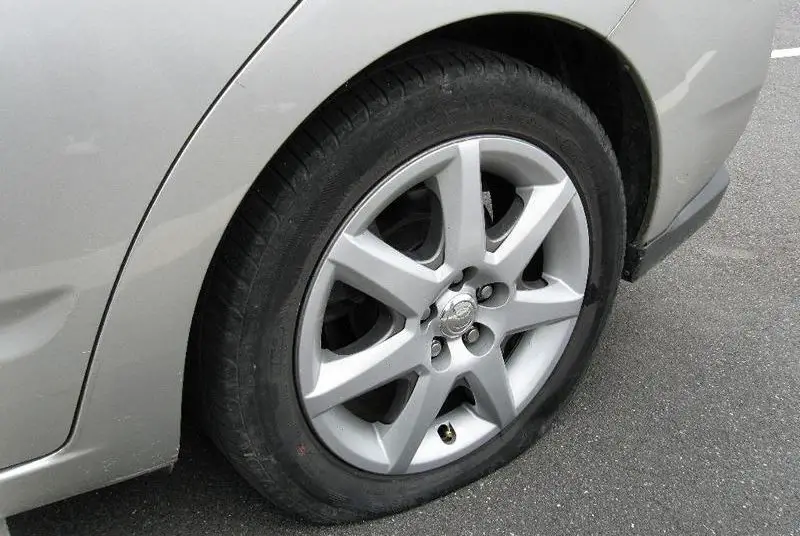
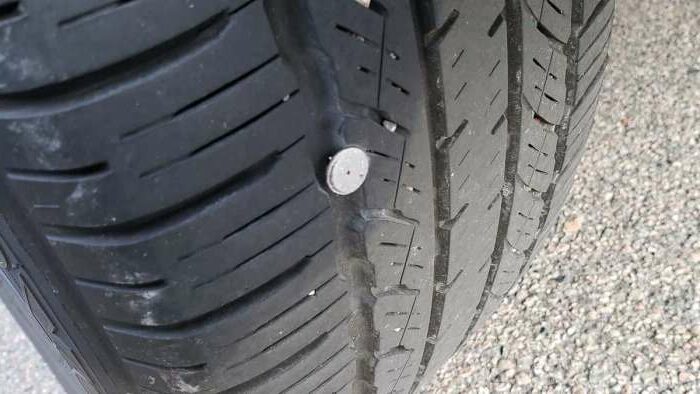
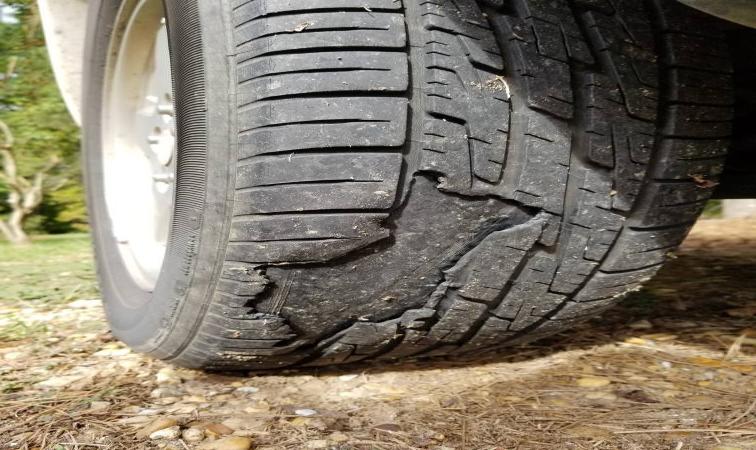
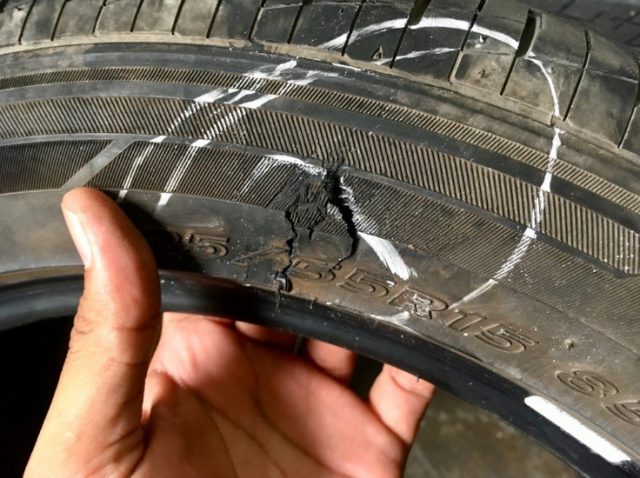
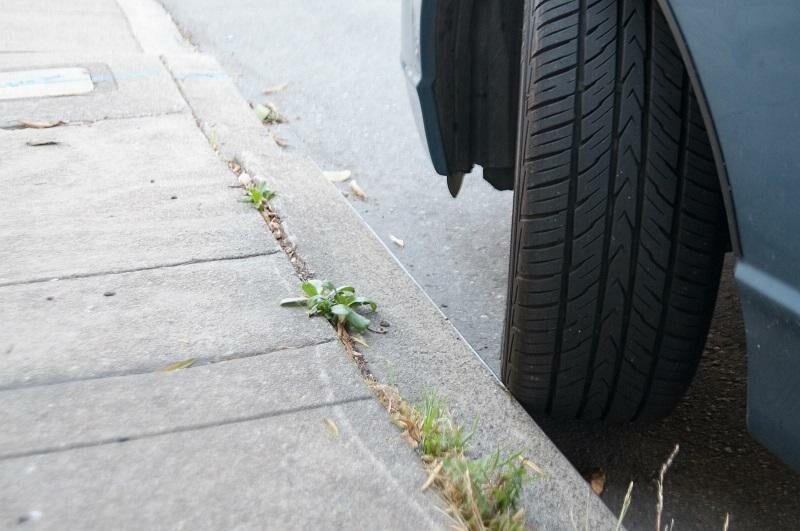
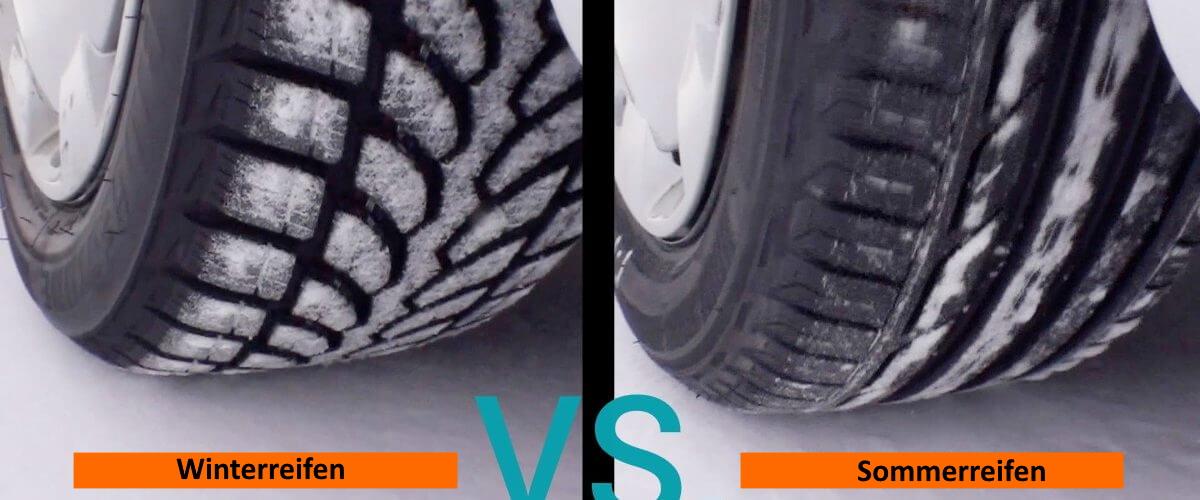
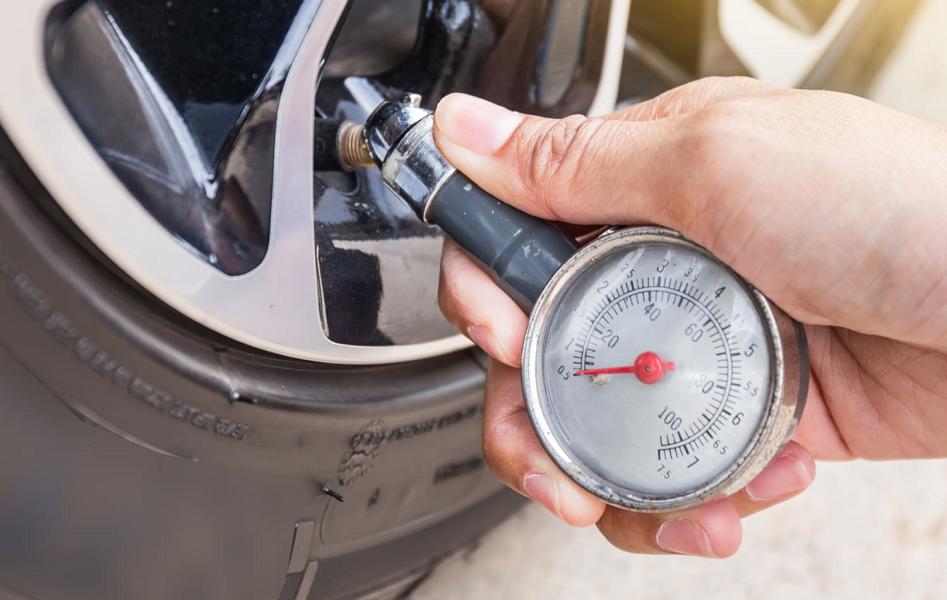
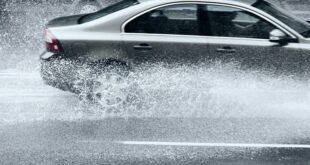
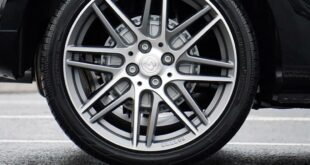
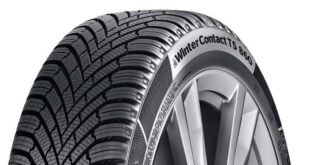
Our front tire broke since yesterday. I didn't realize at all that nail damage can be very common. I'll go to a nearby tire service tomorrow who can fix the damage.
Interesting that nails in tires are one of the most common types of damage. I also hit a nail with the right front tire last night. I hope I can get an appointment with an experienced garage today.